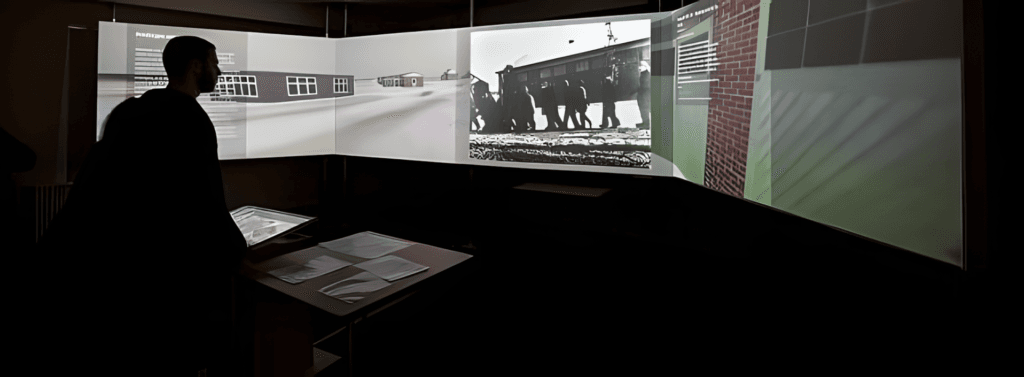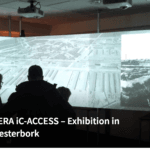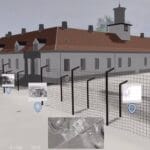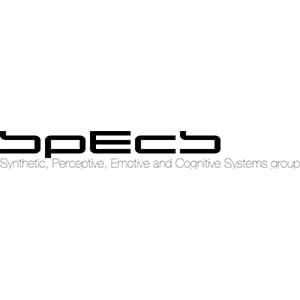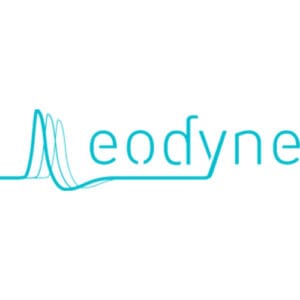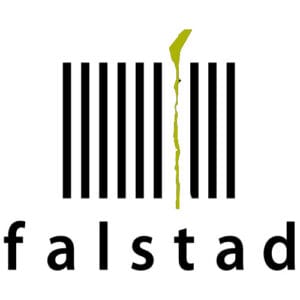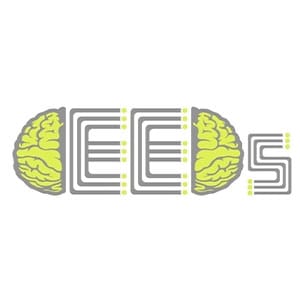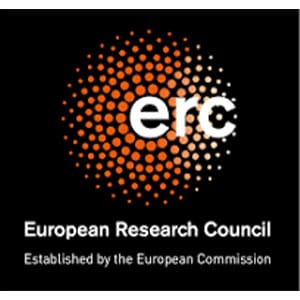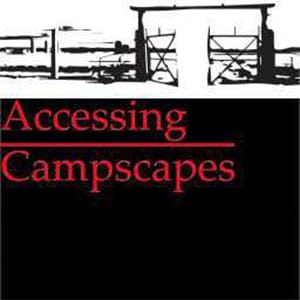Virtual Reality Project at Westerbork: A New Way to Understand History
Westerbork, a former Nazi transit camp in the Netherlands, has turned to virtual reality (VR) to help visitors grasp the realities of its past. During World War II, over 100,000 Dutch Jews were deported from Westerbork, with only about 5,000 surviving the Holocaust. Most of the camp was dismantled by the Dutch government in the 1960s, leaving little for visitors to see aside from the preserved camp commander’s house and a museum located a couple of miles away.
In an effort to enhance the visitor experience, staff at the Westerbork museum launched a VR simulation that recreates the camp’s appearance from 1942 to 1944. This immersive experience allows users to explore barracks, guard towers, and various camp facilities as they existed during the war. The simulation is built using detailed GPS-based models and historical photographs, capturing elements like individual bricks and barbed wire.
While the VR technology offers a fresh perspective, stating that the emotional connection can sometimes feel diminished compared to on-site experiences. Nevertheless, with around 180,000 visitors annually, the VR simulation serves as a valuable educational tool amidst a growing detachment from Holocaust history. Alongside this digital initiative, efforts are being made to restore certain physical elements of the site to enrich visitors’ understanding of its historical significance.
Read the full article in The Times of Israel!
